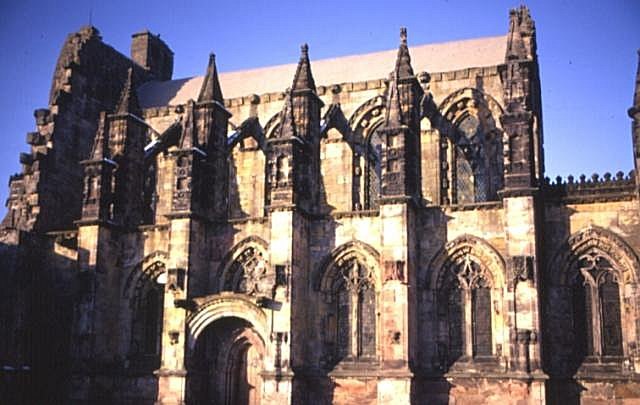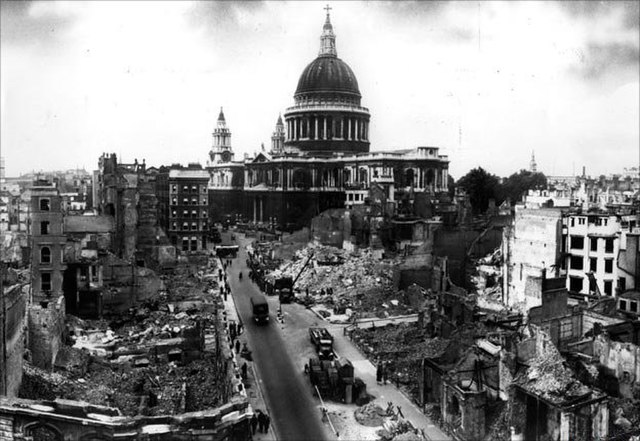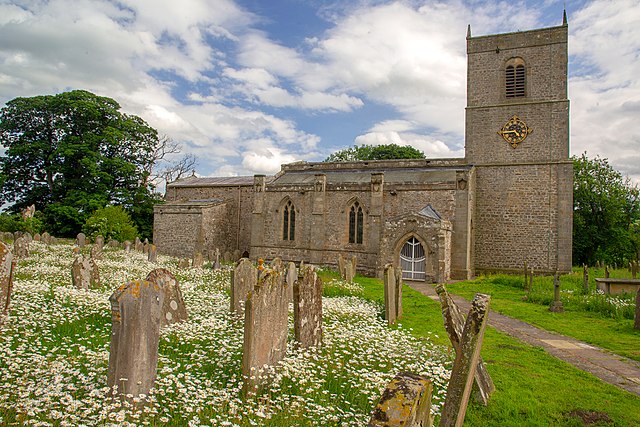In the United Kingdom, a scheduled monument is a nationally important archaeological site or historic building, given protection against unauthorised change.
Cranmore Castle in Devon is an Iron Age earthwork. Like many scheduled monuments, it blends into the landscape, and may not be evident even to those crossing over it.
Loughbrickland Crannog is a late Bronze Age human-made island.
Rosslyn Chapel is an intact church, though only the unused sections are protected by scheduling
With a moat, this is the only scrap of masonry that remains of Sleaford Castle.
In the United Kingdom, a listed building is a structure of particular architectural and/or historic interest deserving of special protection. Such buildings are placed on one of the four statutory lists maintained by Historic England in England, Historic Environment Scotland in Scotland, Cadw in Wales, and the Northern Ireland Environment Agency in Northern Ireland. The classification schemes differ between England and Wales, Scotland, and Northern Ireland. The term has also been used in the Republic of Ireland, where buildings are protected under the Planning and Development Act 2000, although the statutory term in Ireland is "protected structure."
The Forth Bridge, designed by Sir Benjamin Baker and Sir John Fowler, which opened in 1890, and is now owned by Network Rail, is designated as a Category A listed building by Historic Environment Scotland.
WWII bomb damage advanced the move to preserve architecturally significant buildings.
100 King Street, Manchester, built 1935, listed Grade II* in 1974
The redundant Holy Trinity Church, Wensley, in North Yorkshire, is listed at Grade I. Much of the current structure was built in the 14th and 15th centuries.








